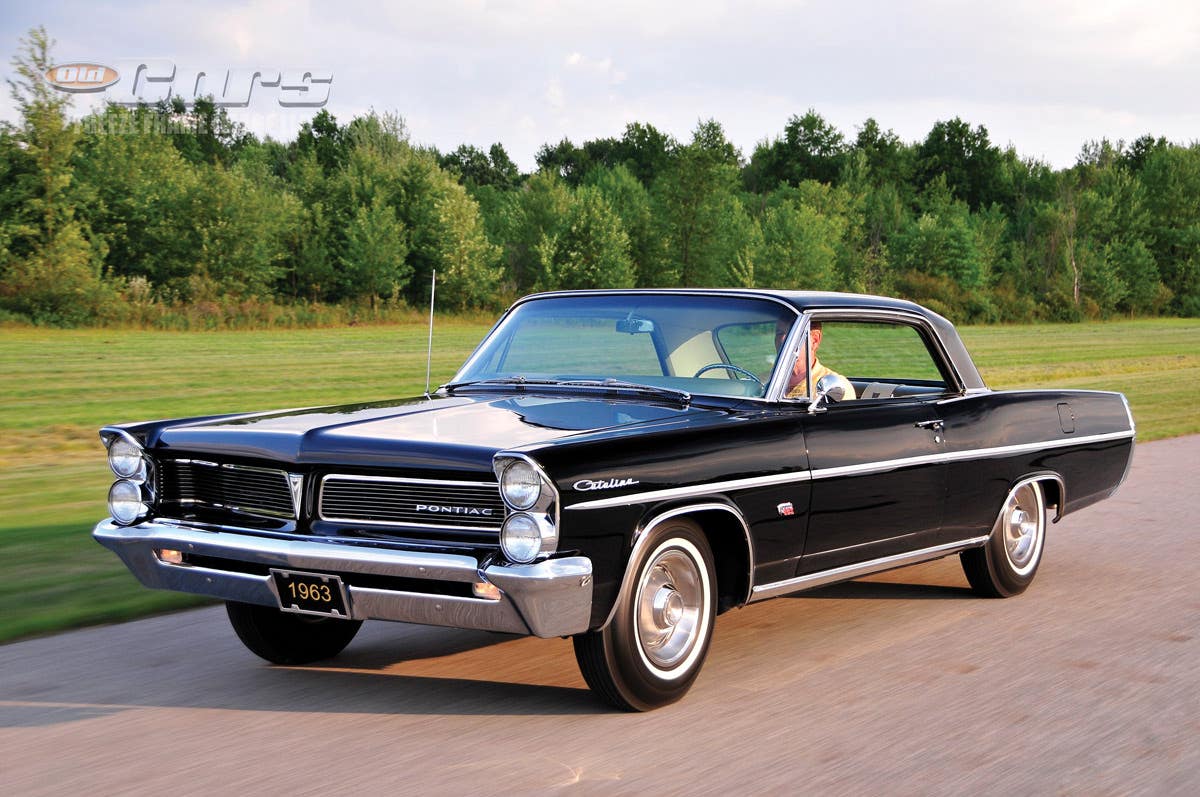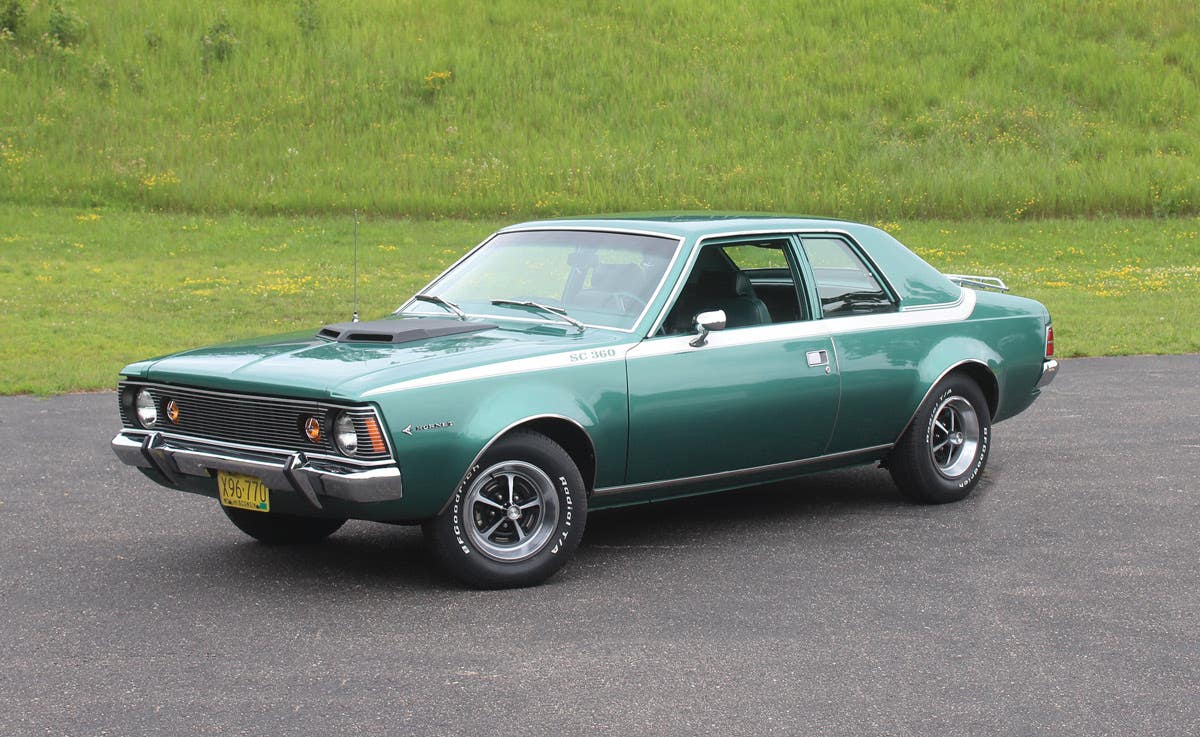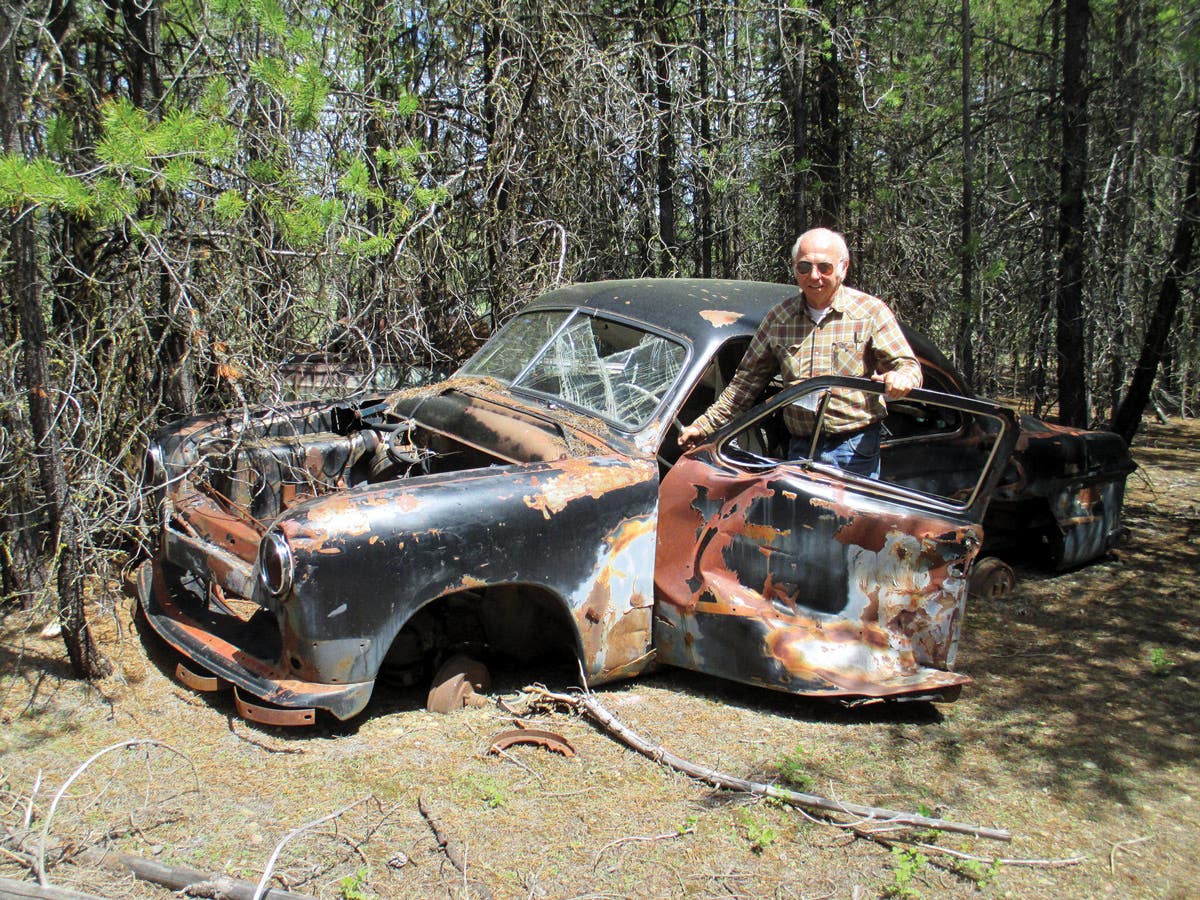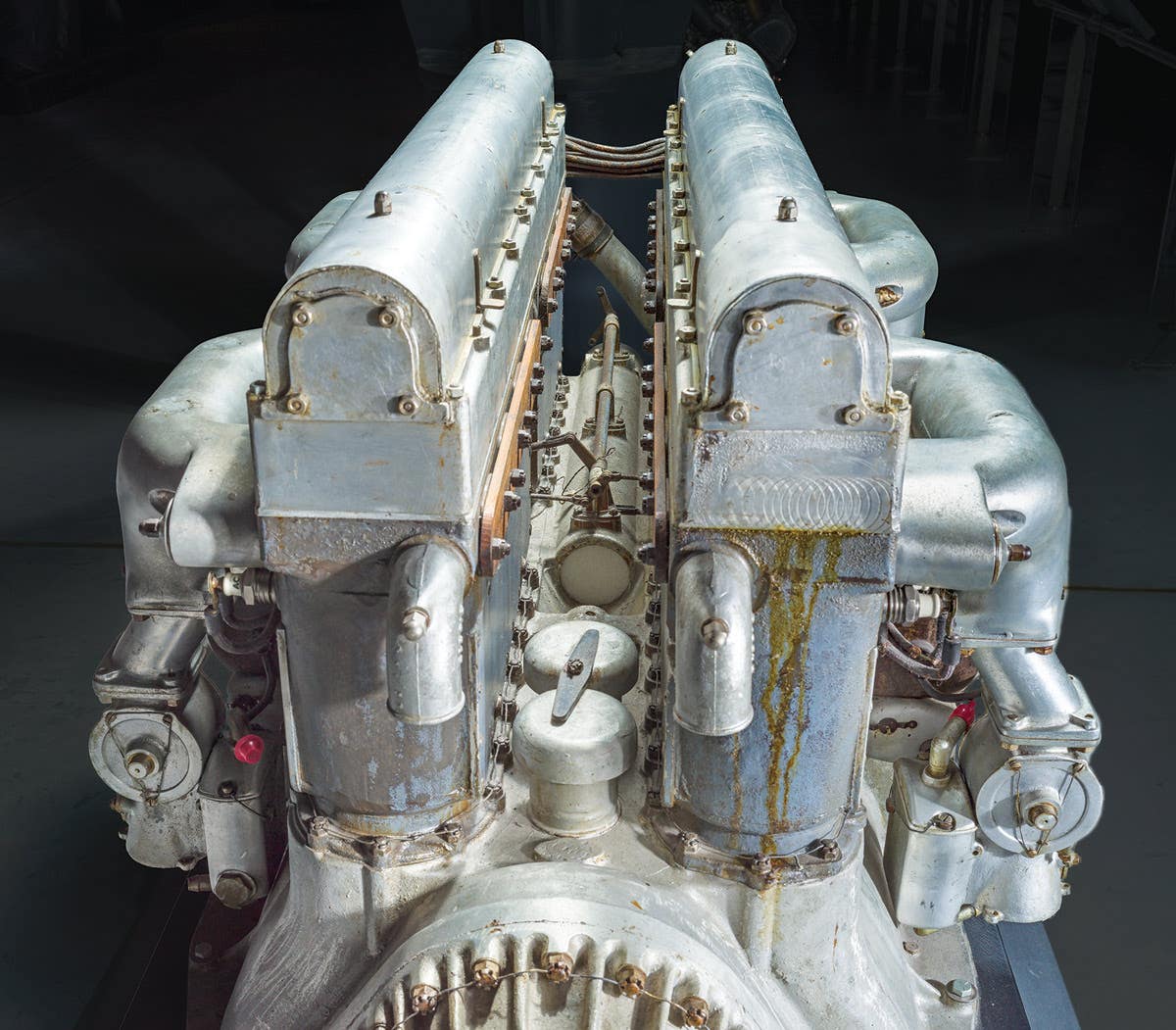Explore Options Before Starting Restoration Project
The process of restoring a car starts much earlier than removal of the first bolt. The initial steps can lay a groundwork of success, if properly followed.
The process of restoring a car starts much earlier than removal of the first bolt. The initial steps can lay a groundwork of success, if properly followed.
First step is the selection of a car. If you have collected cars for years and have several hulks awaiting the day of reconstruction, then it’s a matter of determining which one takes the plunge. Is it the 1960 Metropolitan convertible or the 1954 Packard Patrician?
Sounds like a simple choice, but it isn’t. The Metropolitan will take less space, its parts are smaller, but parts availability may render a challenge. The car has a mixed lineage of American and British technology. The domestic Packard is larger, will take more grunt work to restore, but parts availability may not be a significant challenge once you mainstream into a Packard club or find the specialized parts dealers.
The choice also circles around your desire for fun in the hobby and potential investment. Which of the two cars will deliver more all-around fun once restored? Which is likely to be less challenging once the restoration is completed? Maintenance will follow closely on the heels of a restoration. Is the Patrician — with its hydraulic power windows, intricate yet marvelous Ultramatic transmission and signal-seeking radio plus myriad of other extras and power assists — really going to remain trouble-free? If so, for how long? Or will the Metropolitan be the simpler car to maintain?
If top-down enjoyment is your choice, then the Metropolitan gets the nod. If all-weather driving in comfort is your pick, then the Packard takes the cake. If you wish to drive your restored cars on long tours, which proves better for travel? If your restored car is meant to be a trailer queen, hardly to be driven at all, but meant to dazzle onlookers at national meets, then which is easier and cheaper to haul?
Which will have greater value? Check auction trends, value guides and the advice of experts. A good number of restorers do not harbor long-term plans of ownership. Their fun comes from fixing the car, taking a rusty hulk and making it a shining beauty, with perfect function to match. Once restored, the car is enjoyed for a year or two, perhaps a little longer, then is offered for sale. An increase on dollars and time invested is expected, and this increase is poured into the purchase of a different candidate for restoration. That candidate often is an upgrade from the previous, thus raising the intensity and expense of the new project.
If a return on your dollar isn’t important or if you choose to keep your car a long time, then values play a lesser role. However, for the sake of a hazardous financial downturn in your personal affairs or a sudden health problem, project your anticipated costs and keep them at least 50 percent below restored value. This will provide a cushion for future profit on a sale. It will also give you a cushion in case your estimates run askew.
Perhaps you consider your old car to be an heirloom. Well, I think that’s stretching the common definition of the word, but you get the point. The car has been in your family for at least a generation, perhaps since new. Let’s say it is a 1915 Overland touring car, purchased new by your grandfather and handed down to your father, then to you.
“You’re the caretaker of the fine old car, Junior,” your father told you and you responded, “I’m really honored. I’ll take good care of it, and some day I’ll fix it up and take it to shows.”
That promise stuck with you. Every time you saw the car sitting in its shed or taking up a portion of your garage, you remembered the promise. Did it take you on a guilt trip?
Finally, years after your father died and your grandfather’s ownership was merely a faint memory, you decide on restoring the Overland. You’ll do it for them. You have the time, some extra cash, and a wife who wants you to “do something with that old jalopy—either fix it up so I can ride in it, or sell the blamed thing.” The time has come.
What do you anticipate to put into the project? Do you envision the Overland to become a “hundred-pointer” garnering top trophies or a “twenty-footer” that looks good from a short distance and is basically an enjoyable car to drive? Make that determination before you begin the job.
You want the Overland to fall comfortably between the two ranges. You certainly owe it to your ancestors to give the car the best appearance financially within reason. You want to drive it for enjoyment and perhaps win a second-or third place trophy at a local show. Simple enough, right?
Well, when you start probing and poking on the structural wood used in early touring cars, your hopes sink. Some wood will need replacing. Should this come as a surprise on a car that is 90 years old and that sat outdoors for its first 20 years?
Subsequent neglect allowed bugs to burrow into the wood and chew away small sections. Screws that once held tight now flop around with the slightest movement of the body.
Short of taking a course in Wordworking 101 at a trade school or local college, you can ask for help and advice from friends, neighbors and people to whom you were referred.
Learn all you can and gain all the advice possible before the first section of wood is removed or the first fresh piece of wood is cut to size.
Don’t let the specter of your departed relatives linger over your head as you do the work. Do it more for the present enjoyment of your family than as a salute to your father and father’s father. If that specter hangs over you, it could tempt you to become illogical with your expenditures. Do you really want to make the Overland a costly memorial? Or do you want it to be a wholesome reminder?
Perhaps you fit into the category of “searcher.” You do not have an old car at present. No one willed you a family car. You just want to find a fine candidate for restoration.
What do you want? Do you want to relive your past by buying a car similar to one you owned in your youth? Do you want a dream car that haunted your desires for decades? Or are you willing to take a look at the first good old car that casts a shadow on your feet? Will it be love at first sight, regardless of peeling paint and rust holes?
Whatever your choice, don’t overpay when you buy. Set your limit. Anticipate the cost of stripping and repainting. This can be lowered by doing a good portion of the preparatory work yourself, but the cost of high quality canned paint seems to match an ounce of gold. If you are not an expert painter, seek someone who is, otherwise the project may result in wasted paint and another stripping job.
Project the costs for bodywork and mechanical repairs. Plan to spend time on the phone and Internet to find replacement parts and services. Subscribe to publications and purchase books on “how-to.” Make new friends.
Taking on a restoration is a commitment in time, resources and energy. It can also be one of the most fulfilling things you will ever do. So do it right and do it wisely.
*As an Amazon Associate, Old Cars earns from qualifying purchases.








